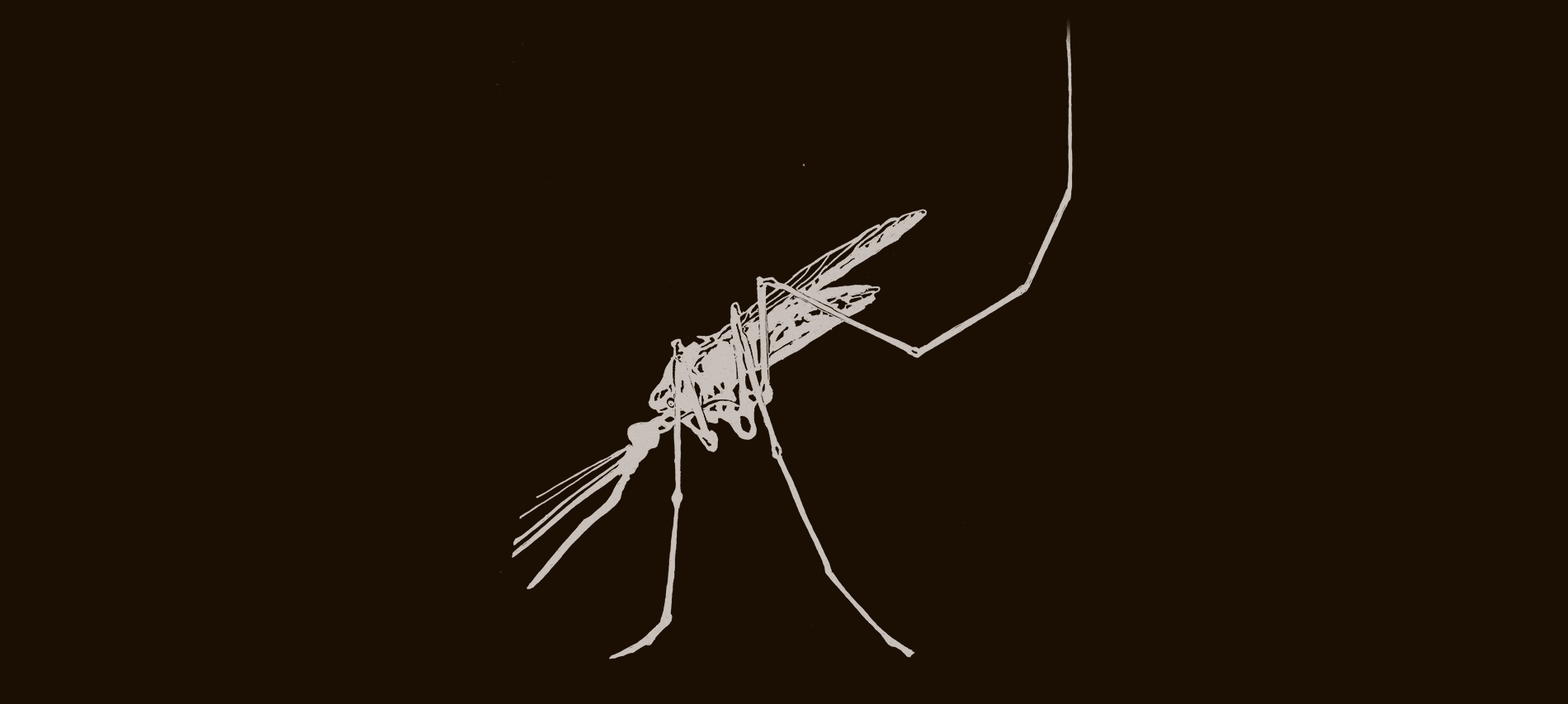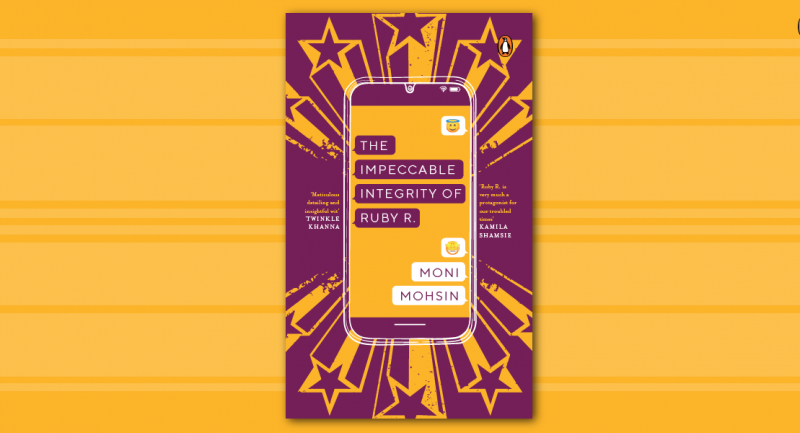
Humans have suffered from mosquito-borne diseases for more than 500,000 years. Not only do they still plague us, but they have also become more lethal. In The Fever, journalist Sonia Shah sets out to address this concern, delivering a timely, inquisitive chronicle of malaria and its influence on human lives. In her book, she mentions the delayed study of a drop of blood that lead to the discovery of the microbe responsible for malaria.
Here is an excerpt from her book about the accidental discovery of the microbe.
—————–
One day in the late 1870s, two pathologists, Corrado Tommasi-Crudeli and Edwin Klebs, collected air and mud samples from the Roman Campagna. From the samples, they isolated ten-micro millimeter-long rods, which from the vantage point of their crude microscopes, seemed to develop into long threads. When injected into lab rabbits, the long threads soon had the bunnies heaving with chills and fever. Inside their slaughtered bodies, the pathologists found the ten-micro millimeter-long rods, once again.
The two scientists decided that they’d found the microbe responsible for malaria. It was a germ, it lived in the soil and the air, and they called it Bacillus malariae. They announced their findings in 1879.
The scientific method is not infallible, of course, and such mistakes are made, even when the entire economy of a newly formed nation depends on the results.
Counterevidence soon emerged.
In November 1880, Alphonse Laveran, a French surgeon stationed in Constantine, Algeria, peered at a crimson blob on a glass slide. How he found what he did is a bit of a mystery. Most nineteenth century microscopists soaked their slides in chemicals, their cutting-edge techniques thus unknowingly kill ing the malaria parasites in their samples and rendering them all but invisible amid the scattered debris of the magnified blood. Those who did examine blood from malaria victims while still fresh, as Laveran did, presumably did so more promptly than he did on this particular day. The blood was still warm when Laveran excused himself from its notice. What precisely he did upon abandoning his slide nobody knows, but whatever it was, it took about fifteen minutes. Maybe it was a cup of coffee.
In any case, during the lull, the drop of malarial blood on the glass cooled. The change in temperature roused the parasites in the sample, which now considered that they had left the warm-blooded human for the cool environs of a mosquito body. Male forms of the parasite would soon be called upon to fertilize female ones, and each started to sprout long flagella and wave them about, in lascivious preparation. Laveran returned to his microscope expecting yet another static scene. Instead, the shocked surgeon caught sight of tiny spheres propelling themselves with fine, transparent filaments, wrigglingly alive.
——————










